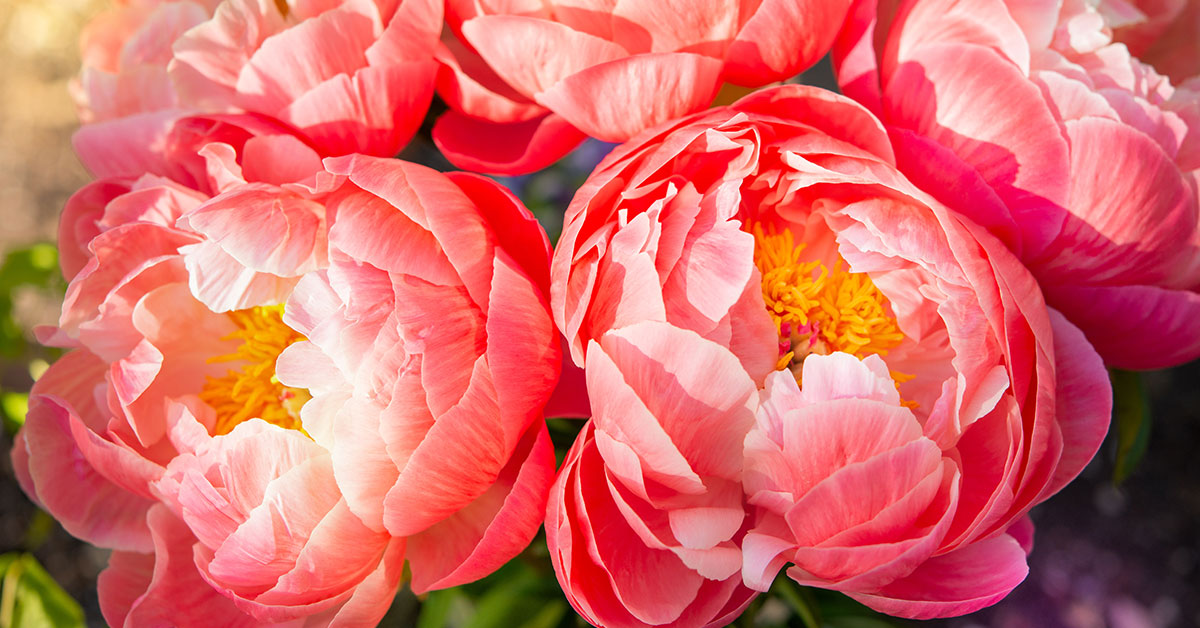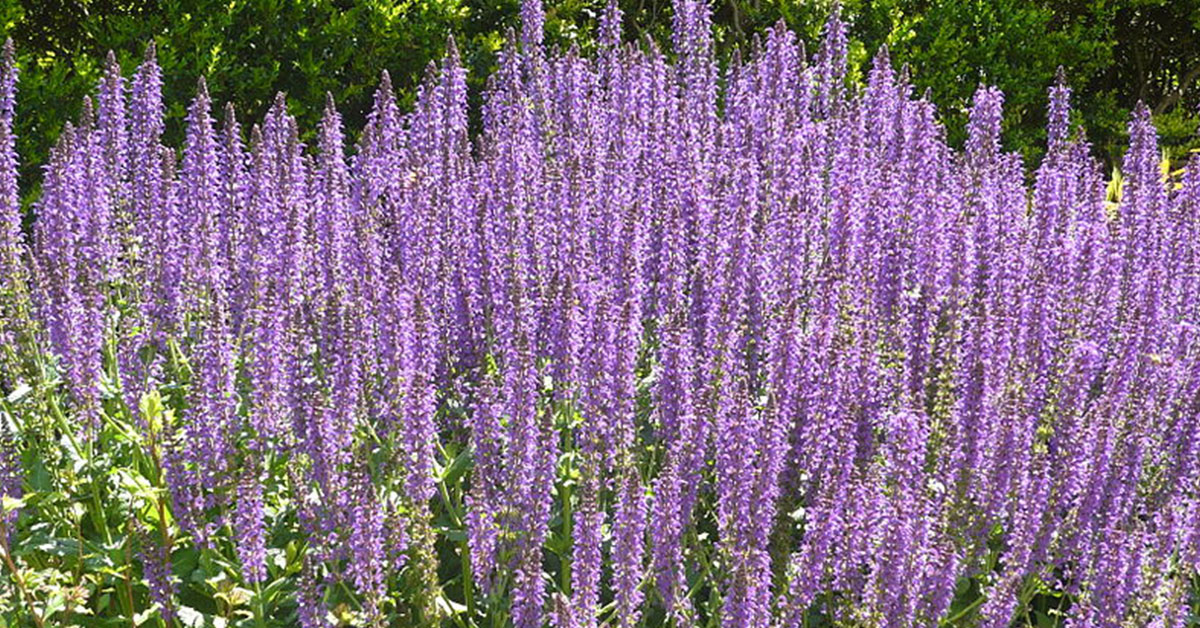Starting a garden can be both exciting and overwhelming, especially if you’re a beginner. The key to building confidence and success in gardening is to start with hardy, low-maintenance perennials that will thrive with minimal effort. These plants come back year after year, adding beauty and structure to your garden without requiring constant attention.
In this article, I’ll introduce you to twelve perennials that are perfect for beginners. These plants are not only easy to grow but also offer unique and interesting features to make your garden stand out. Let’s dive into these resilient and beautiful perennials that will help you create a stunning garden with ease!
Daylily
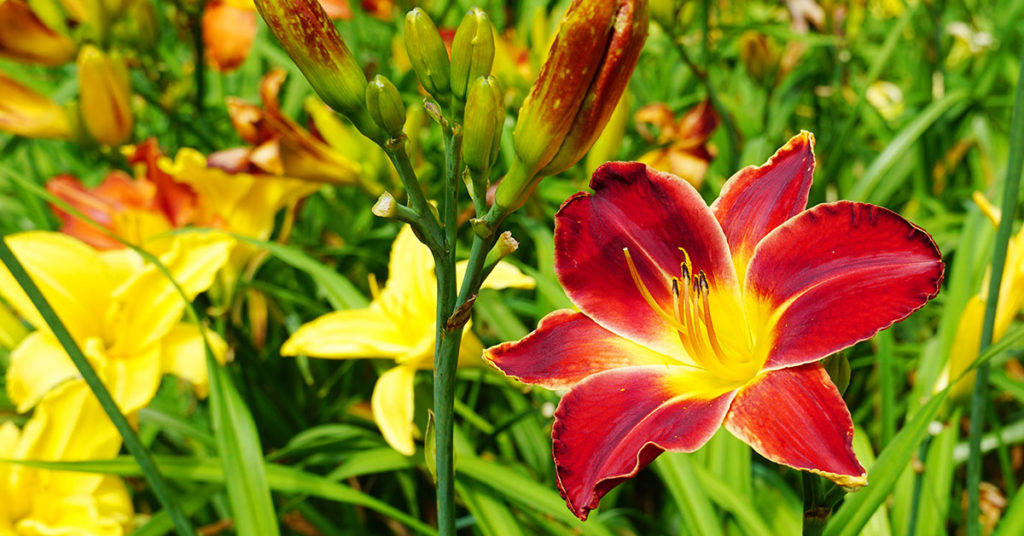
Daylilies are one of the most resilient perennials, making them perfect for beginner gardeners. These plants produce an abundance of trumpet-shaped flowers in a variety of colors, from bright yellows and oranges to deep reds and purples. Daylilies are known for their ability to thrive in almost any soil type and can tolerate both full sun and partial shade.
I love daylilies for their continuous blooms from early summer to fall. They require minimal maintenance and are drought-tolerant once established, making them an excellent choice for low-maintenance gardens. Daylilies also spread over time, creating lush, colorful clumps that add vibrancy to any garden space.
Black-Eyed Susan
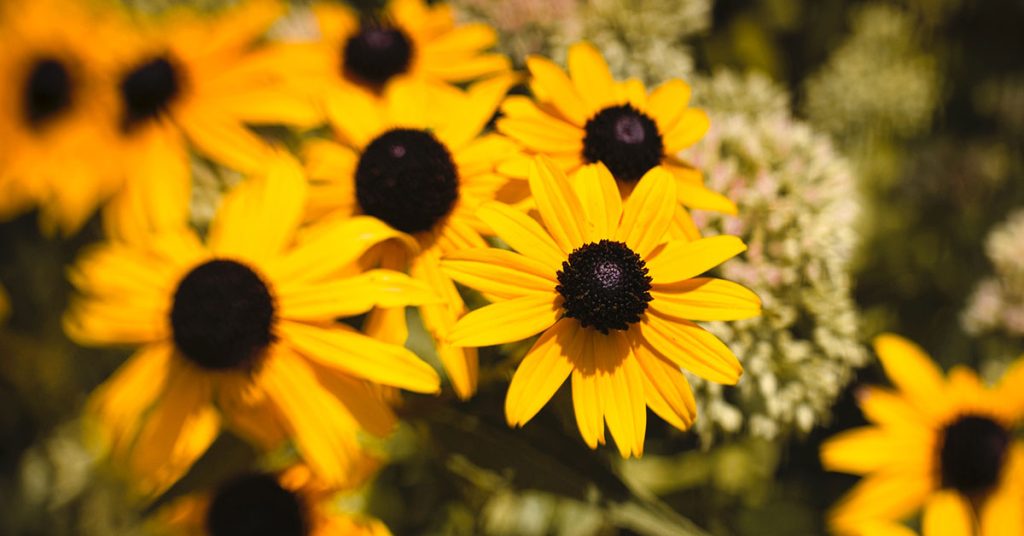
Black-eyed Susans are cheerful perennials that produce bright yellow flowers with dark brown centers. These hardy plants are incredibly easy to grow and can thrive in poor soil conditions. Black-eyed Susans prefer full sun and are drought-tolerant once established, making them a perfect choice for sunny spots in your garden.
I enjoy planting black-eyed Susans for their long bloom period, which lasts from mid-summer to fall. They attract pollinators like bees and butterflies, adding life and movement to the garden. Their low-maintenance nature and vibrant color make them a reliable and rewarding choice for beginners.
Coneflower
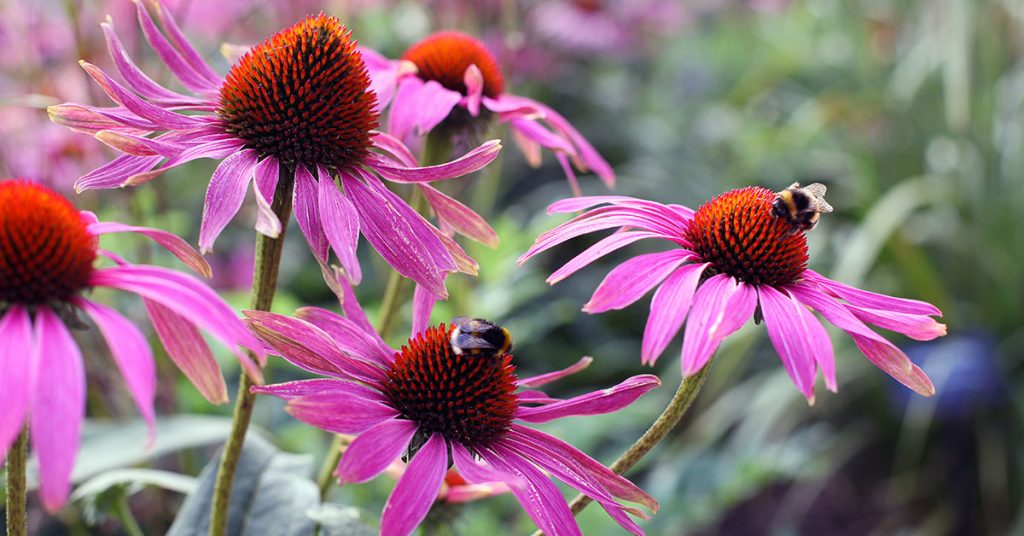
Coneflowers, or Echinacea, are hardy perennials known for their daisy-like flowers with prominent central cones. These plants come in various colors, including purple, pink, white, and yellow, and thrive in full sun and well-drained soil. Coneflowers are drought-tolerant and resistant to many pests, making them an excellent choice for novice gardeners.
I love coneflowers for their ability to attract pollinators and birds to the garden. Their long-lasting blooms appear from midsummer to fall, providing a continuous display of color. Coneflowers are easy to care for and can even be used for their medicinal properties, adding both beauty and utility to your garden.
Sedum
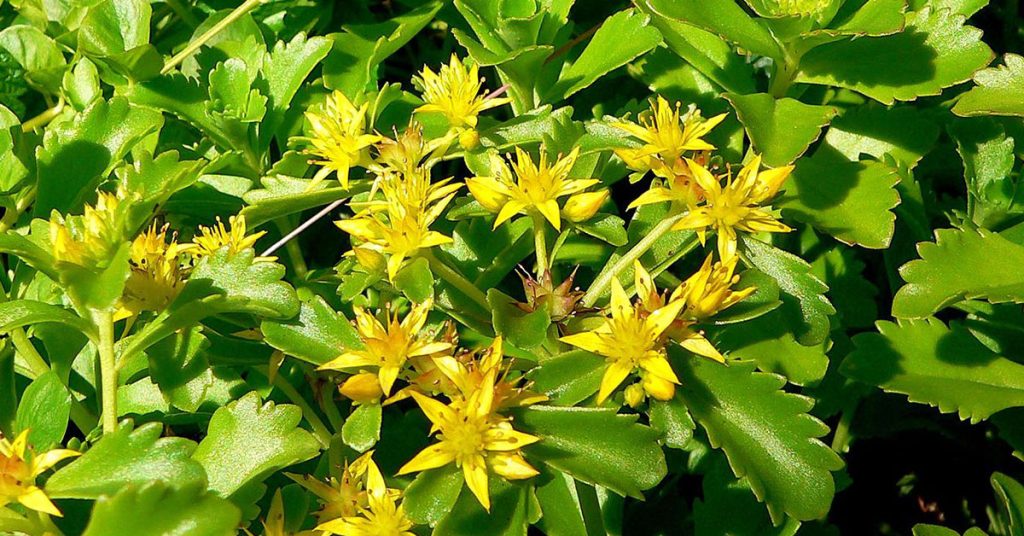
Sedum, also known as stonecrop, is a versatile succulent that thrives in poor, well-drained soil. These hardy perennials produce clusters of star-shaped flowers in various colors, blooming from late summer to fall. Sedum’s fleshy leaves store water, making it extremely drought-tolerant and perfect for low-maintenance gardens.
One of my favorite aspects of sedum is its year-round interest. The foliage comes in a variety of shapes and colors, providing visual appeal even when not in bloom. Sedum is perfect for rock gardens, borders, and containers, adding texture and resilience to any garden.
Russian Sage
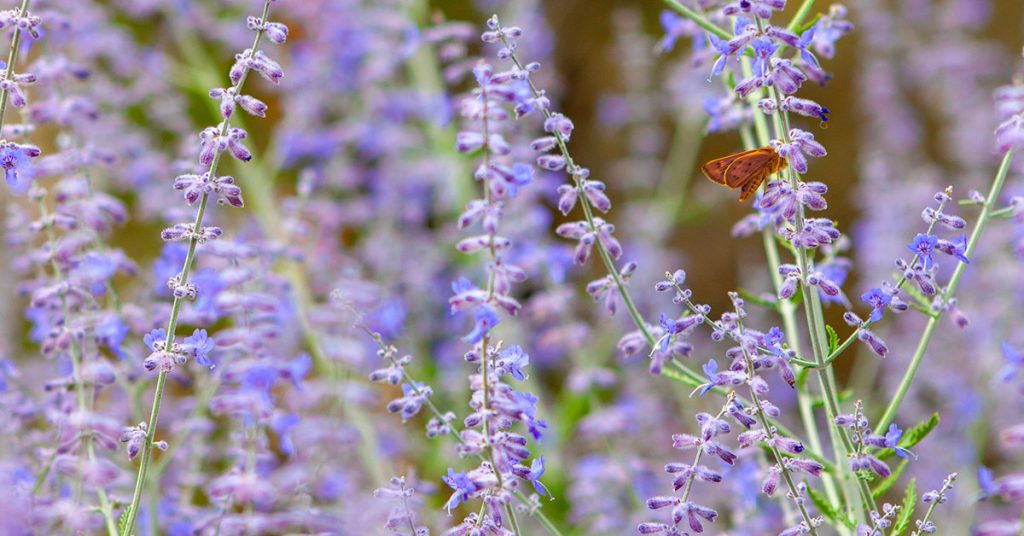
Russian sage is a tough perennial known for its tall spikes of lavender-blue flowers and silvery foliage. This plant thrives in poor, well-drained soil and full sun, making it perfect for hot, dry climates. Russian sage blooms from mid-summer to fall, adding height and color to garden borders and beds.
I love Russian sage for its resilience and minimal maintenance. It’s highly drought-tolerant and requires little care once established. The aromatic leaves deter pests, making it a practical and beautiful addition to any garden struggling with poor soil.
Yarrow
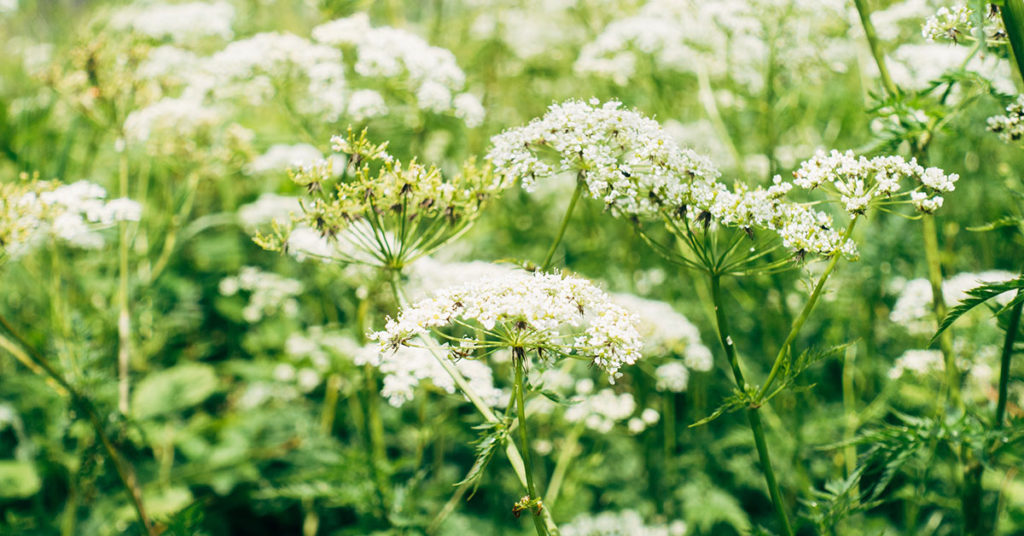
Yarrow is a hardy perennial that produces clusters of tiny, flat-topped flowers in shades of yellow, white, pink, and red. This plant thrives in poor, sandy soil and full sun, making it a great choice for beginners. Yarrow blooms from early summer to fall and is drought-tolerant once established.
One of my favorite things about yarrow is its ability to attract beneficial insects like ladybugs and butterflies. It requires minimal care and can even improve soil health by preventing erosion. Yarrow’s feathery foliage adds texture to garden borders, and its pest-resistant qualities ensure it remains a low-maintenance favorite.
Bee Balm
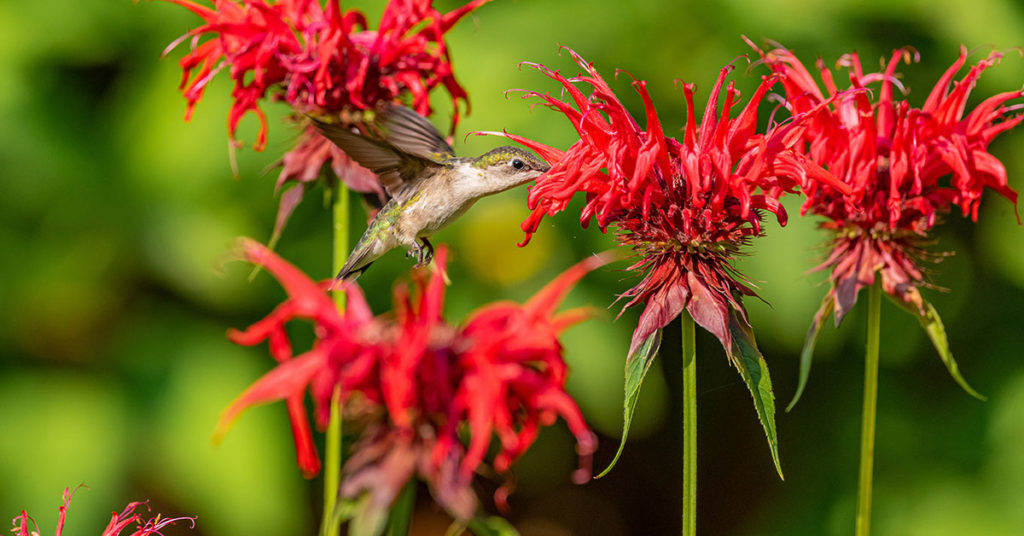
Bee balm, or Monarda, is a showy perennial known for its vibrant red, pink, purple, or white flowers. This plant thrives in full sun to partial shade and well-drained soil. Bee balm blooms from mid-summer to early fall and is relatively easy to care for, making it a great choice for beginners.
I love the bold, colorful blooms of bee balm that create a lively display in the garden. It attracts pollinators like bees, butterflies, and hummingbirds, adding life and movement to your garden. Bee balm’s aromatic foliage also helps deter pests, making it a practical and beautiful addition to any garden.
Blanket Flower
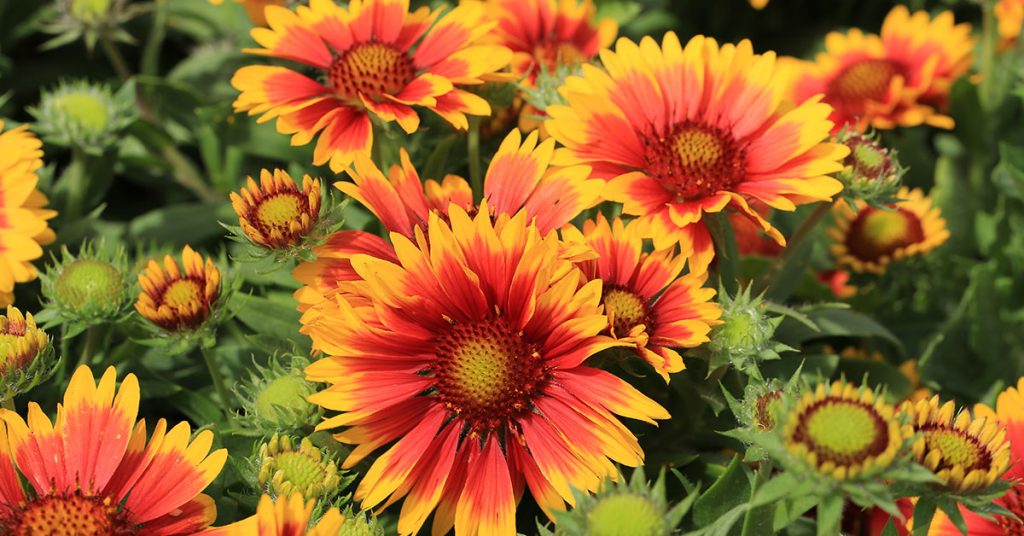
Blanket flower, or Gaillardia, is a vibrant perennial that flourishes in poor, sandy soil. These flowers produce bold, daisy-like blooms in shades of red, orange, and yellow, blooming from early summer to fall. Blanket flowers are drought-tolerant and thrive in full sun, making them perfect for low-maintenance gardens.
I love how blanket flowers brighten up my garden with their warm, cheerful colors. They’re incredibly low-maintenance and attract butterflies, adding life and movement to the garden. Blanket flowers are perfect for adding a splash of color to tough spots in your landscape.
Coreopsis
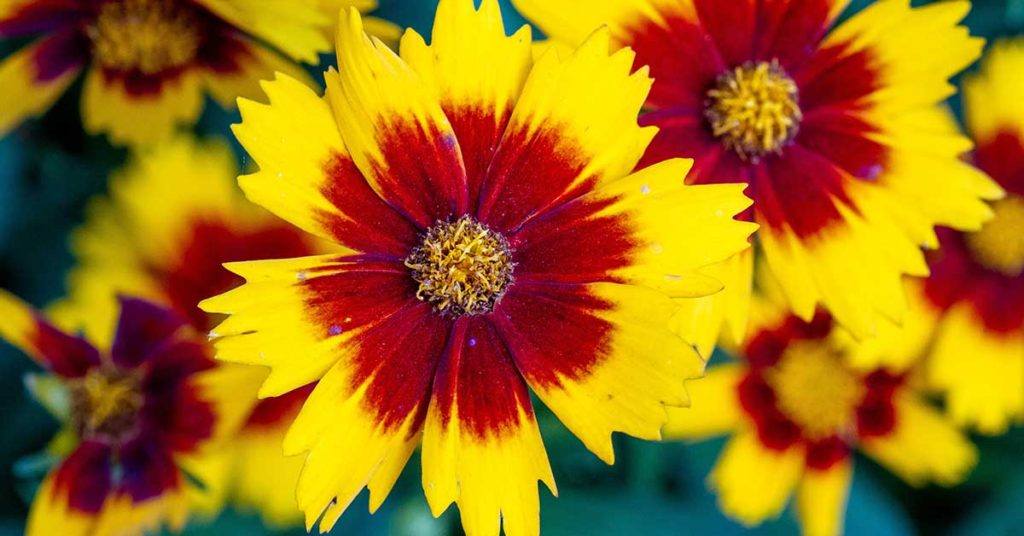
Coreopsis, also known as tickseed, is a cheerful perennial that thrives in poor, sandy soil. These plants produce masses of bright yellow, pink, red, or bi-colored flowers, blooming from early summer to fall. Coreopsis is drought-tolerant and easy to care for, making it a reliable choice for beginners.
I enjoy the continuous blooms and vibrant colors of coreopsis. It adds a lively, joyful presence to garden beds and borders. Coreopsis attracts pollinators and requires minimal maintenance, making it a reliable choice for gardens with poor soil.
Lamb’s Ear
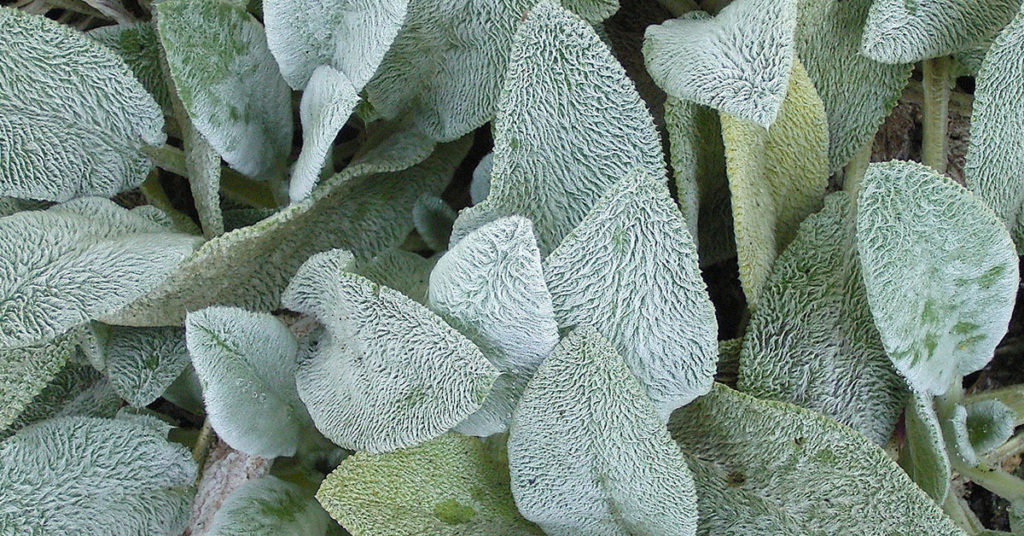
Lamb’s ear is a unique perennial with soft, velvety leaves that thrive in poor, well-drained soil. This plant produces small, purple flowers on tall spikes in late spring to early summer. Lamb’s ear is drought-tolerant and prefers full sun to partial shade, making it an excellent choice for low-maintenance gardens.
I love the tactile, silvery foliage of lamb’s ear. It adds texture and contrast to garden plantings. Lamb’s ear is perfect for borders, rock gardens, and ground covers, providing visual interest and resilience in gardens with poor soil.
Peony
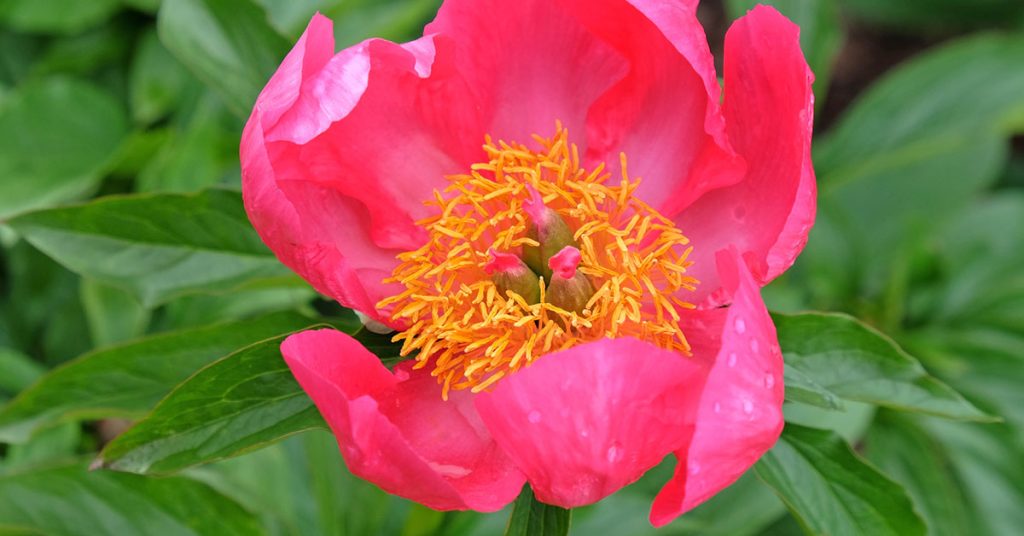
Peonies are beloved perennials known for their large, fragrant blooms in shades of pink, white, red, and yellow. These plants thrive in full sun and well-drained soil, making them a perfect choice for beginners. Peonies bloom in late spring to early summer and are relatively low-maintenance once established.
I adore peonies for their stunning, long-lasting flowers that create a dramatic impact in the garden. With proper care, they can live for decades, becoming a cherished part of your landscape. Peonies add a touch of elegance and romance to any garden, providing beautiful blooms year after year.
Hosta
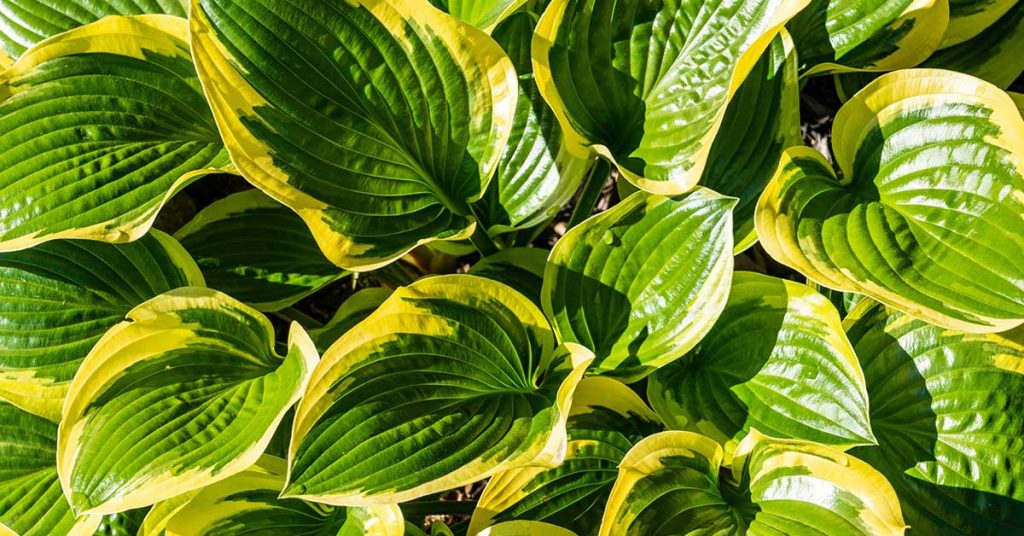
Hostas are hardy perennials that thrive in shady garden areas. These plants produce large, textured leaves in various shades of green, blue, and yellow. Hostas bloom with spikes of small, lavender, or white flowers in summer. They prefer rich, well-drained soil but can tolerate poorer conditions, making them an excellent choice for beginners.
I love hostas for their lush, foliage-driven appeal. They add a tropical feel to shady garden spots and require minimal care once established. Hostas are perfect for adding texture and color to garden beds, borders, and woodland gardens, making them a versatile and reliable choice for any garden.
